Ever thought about composting at home? Not just saving up food and yard waste for the city council to collect, but creating your own natural, nutrient-rich fertilizer to keep your yard, garden, and houseplants happy. It’s easier than you think.
You can’t avoid food waste, even if you’re among the most conscious home cooks. There will always be inedible parts of the fruits and vegetables you chop up, and even the best leftovers get overlooked sometimes. And some stuff, like coffee grounds, sticks around after you use it.
If you have a yard or even houseplants, those apple cores and banana peels aren’t trash. They’re gold. And shockingly, so much of that yard-healthy yumminess goes straight into the landfill. Enough that food waste is the largest component of municipal landfills!
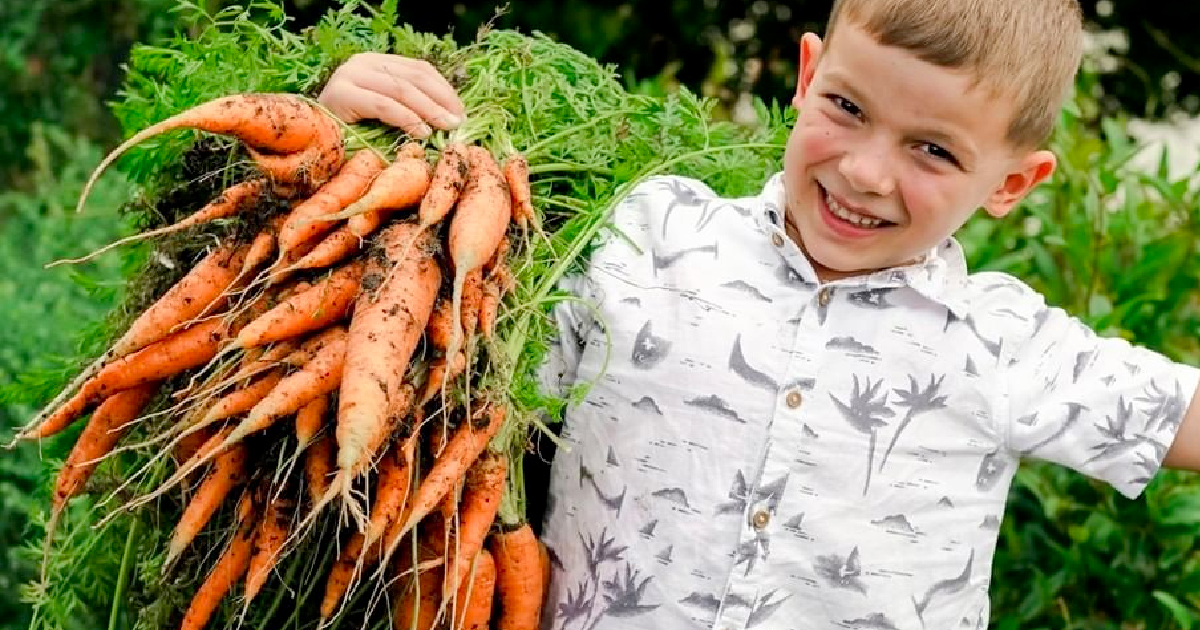
Photo courtesy: Compost-A-Pak®
The bad news is food in landfills behaves just like any other garbage and doesn’t biodegrade fully. So any time you throw away food, you’re just adding to the forever pile.
It gets worse. Food waste in landfills creates methane, a greenhouse gas 34 times more powerful than carbon dioxide.
What is compost?
Basically, compost is all-natural fertilizer that you make at home yourself using food and yard waste. Save up the scraps, help them break down, then “feed” your yard and plants with the nutrient-rich result.
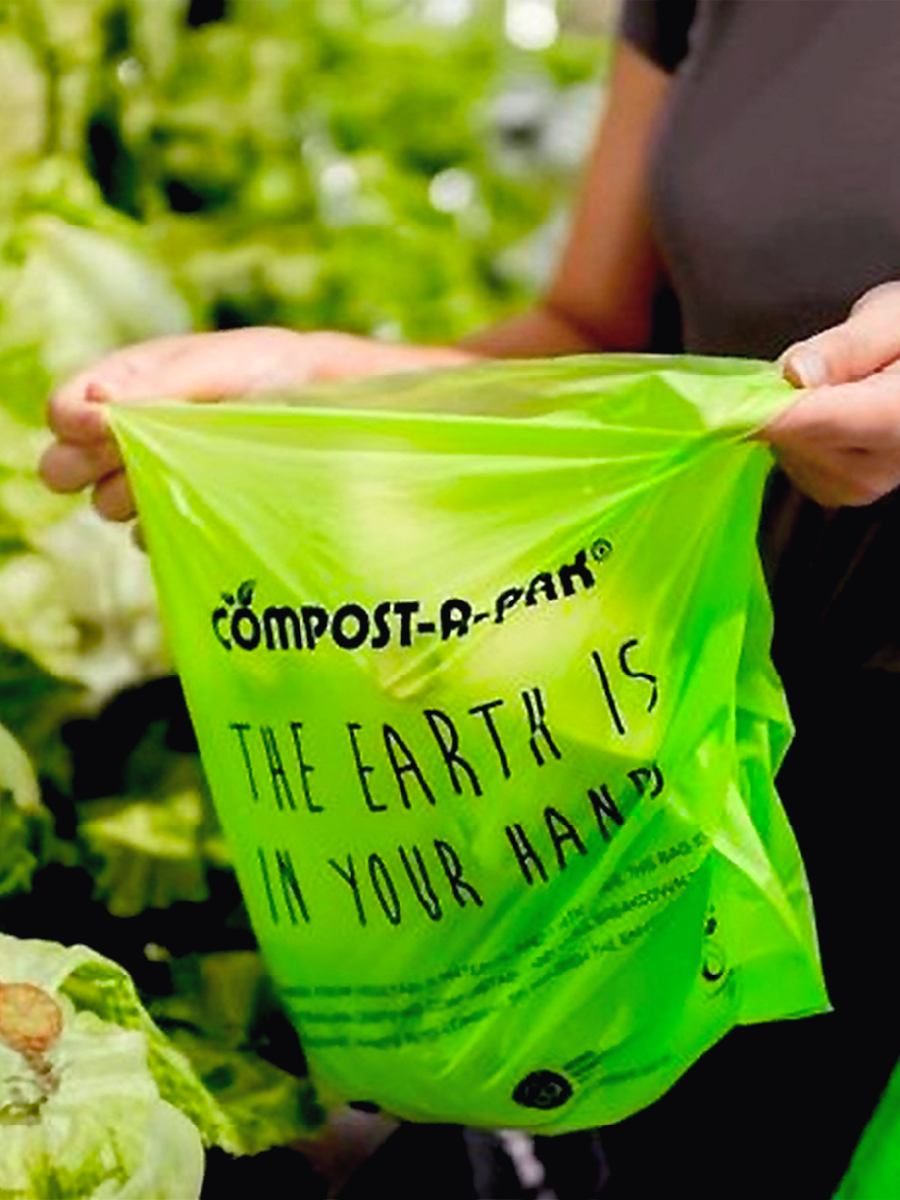
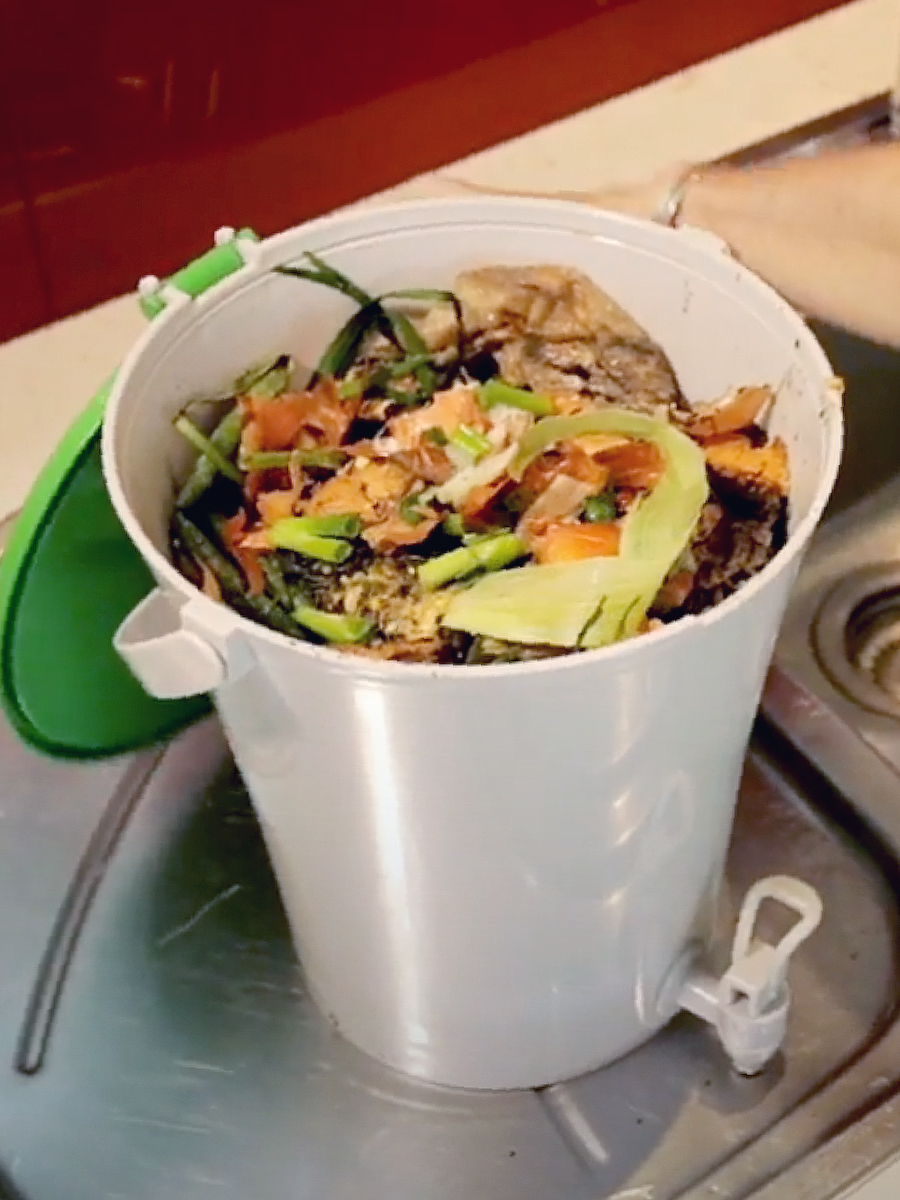
Photo courtesy: Compost-A-Pak® (left), Urban Composter™ (right)
If you don’t have a yard or houseplants, you may still be able to compost, depending on where you live. In fact, some cities require it and even issue fines if too much food is found during garbage collection. So how does it work? Food and yard waste is collected in compostable scrap bags and used for industrial composting.
You may end up using your city’s composting service even if you start your own compost bin. A lot of things the city can handle will ruin your compost, and once you start composting, you won’t want all that stuff stinking up your garbage.
Why compost?
It’s not just good for your yard, your houseplants, and the environment. If you like to garden (or if you don’t like to because nothing ever grows well), compost will be your new BFF. It’s basically a soil supercharger, the difference between dirt and a rich, healthy bed for your seeds to grow in. It’ll save you money on commercial fertilizers and make everything from your garden grow big and taste great.
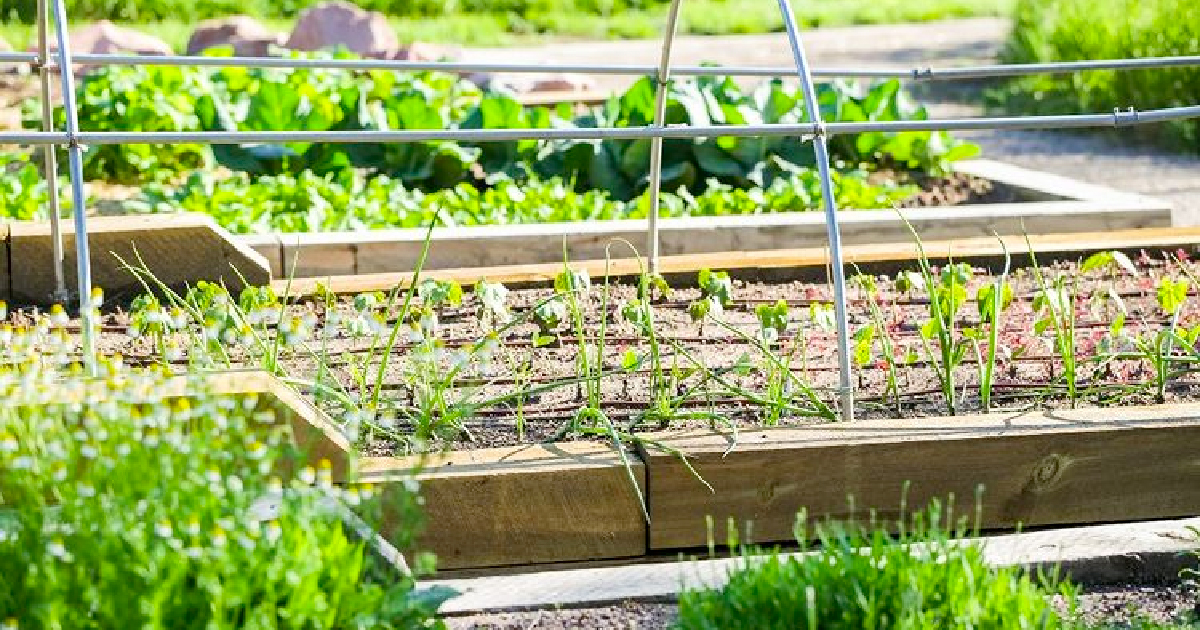
Photo courtesy: Bokashi Composting Australia
Getting started
The first step in starting a compost bin is, well, getting a bin. For indoor composting, check out these cool countertop units from Urban Composting and Bokashi One. For something bigger to use outdoors, you can definitely order online but you may want to head to your local garden shop; you can buy everything you need all at once and can usually get free advice, too.
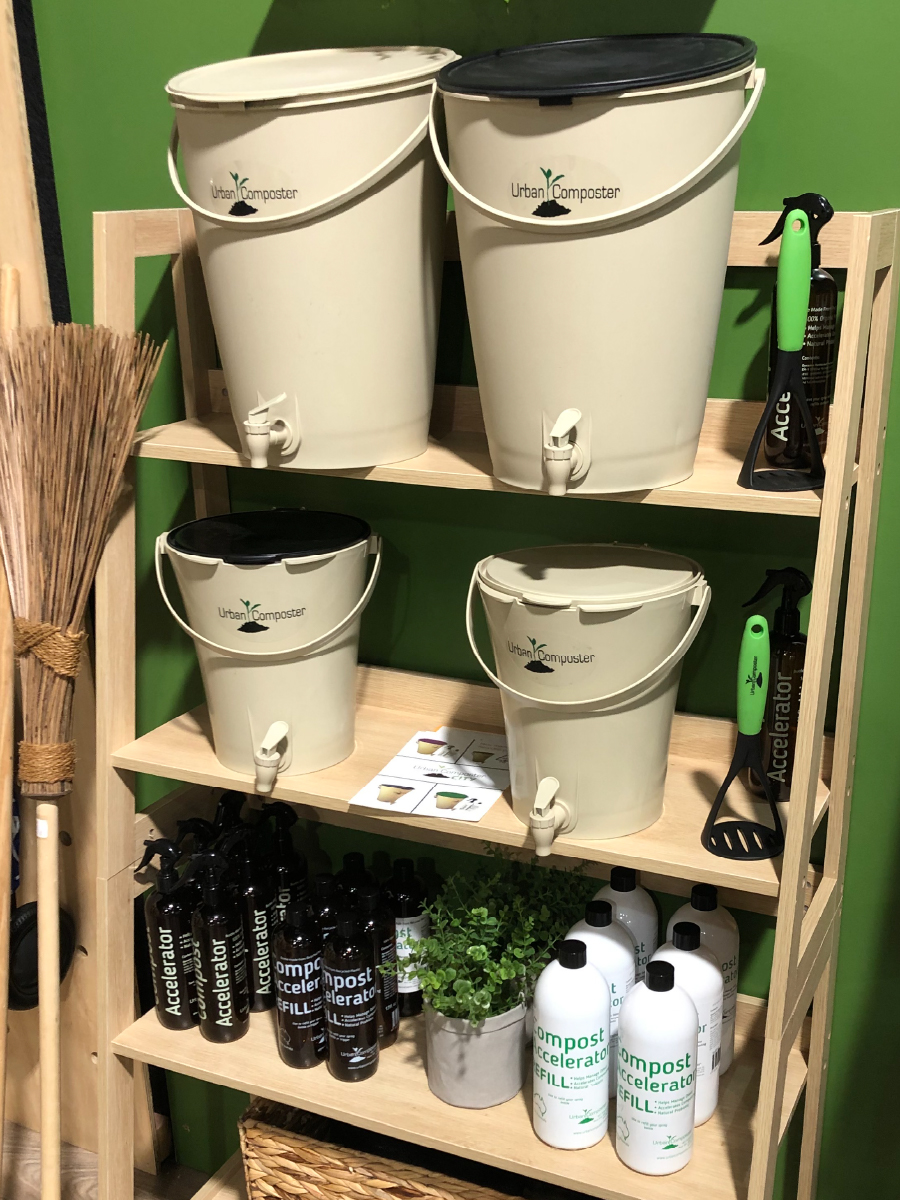
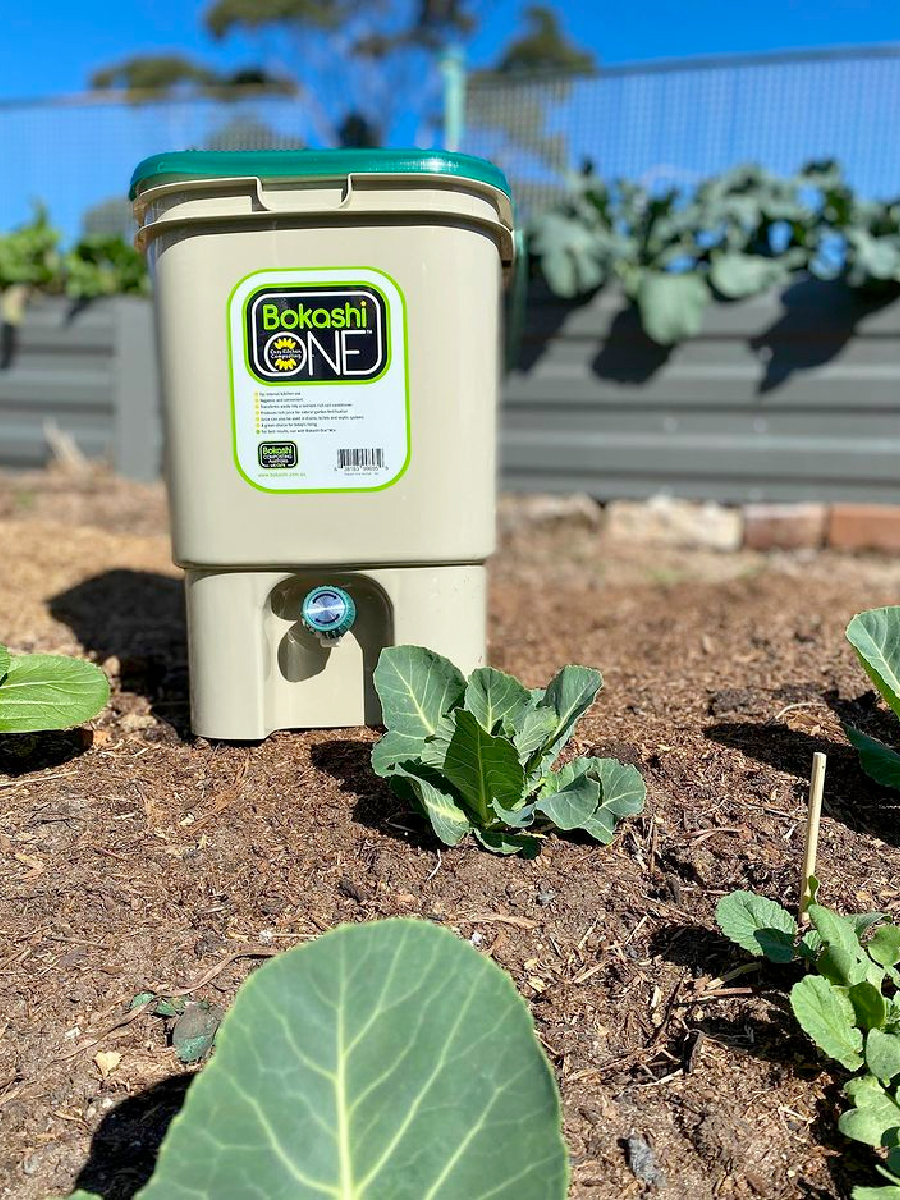
Photo courtesy: Urban Composter™ (left), Bokashi Composting Australia (right)
Another eco-friendly option is to repurpose something you already have. Have an old, busted chest of drawers? Push it on its back and use the wood from the drawers to build a hinged lid. If you’re not quite so handy with the power tools, use plastic bins or five-gallon buckets. The only tool you need is a drill for holes in the lid and bottom.
Another option is to skip the bin entirely. Assuming your yard’s big enough, a pile can be a better choice. It’s a lot easier to mix a large amount of compost when it’s not in a bin, and worms from your yard can make their way in to help out.
Maintaining your compost
Here’s where the real challenges begin, but the rewards are worth it. Check out this fantastic guide by regenerative farmer and author Acadia Tucker. In it, you’ll learn about building a good compost foundation, adding the right materials in the right amounts, and when to turn it. It also includes common issues you may face and how to gauge the health of your compost.
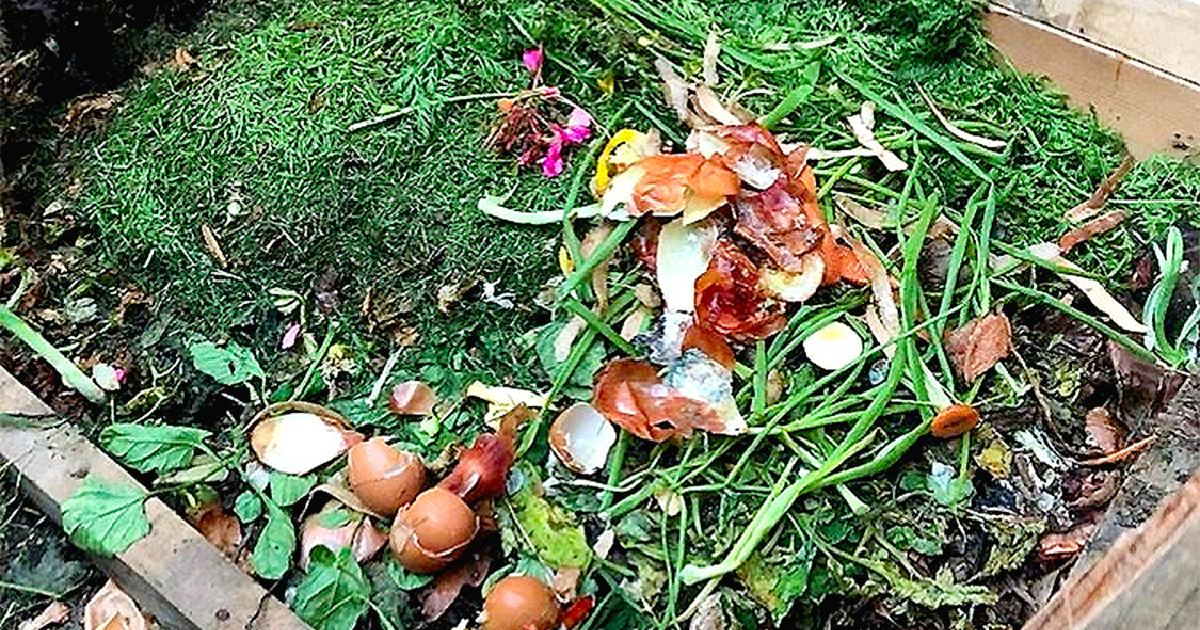
Photo courtesy: Bokashi Composting Australia
Even if you aren’t a gardener and don’t have a green thumb yet, composting can help change all that. Plus it’ll get you thinking about food waste and meal planning much like the weekly recycling can change your perspective about reusable (and compostable!) packaging.

